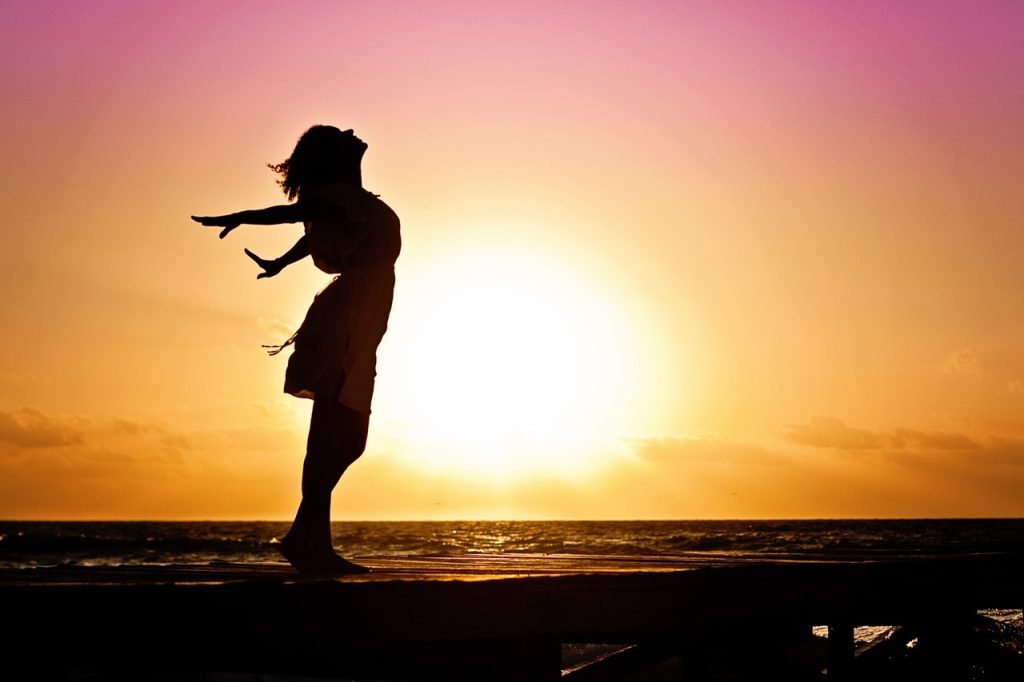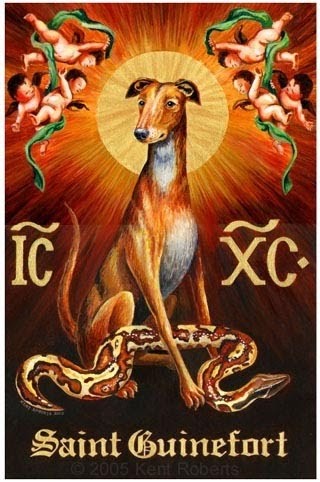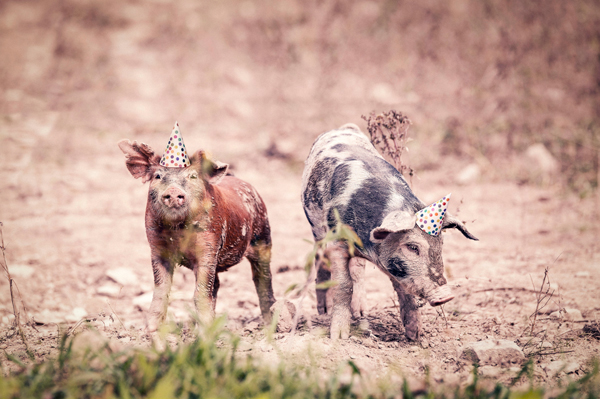
“At first I was afraid, I was petrified,”
Gloria Gaynor, “I Will Survive.”
This is the song I was listening to when I received the phone call from my doctor. I don’t remember much about what he said. All I remember were those three devastating words: “You have cancer.” The opening line of Gloria Gayor’s song summed up my exact feeling. Petrified.
After I hung up the phone I made a choice. I knew the opposite of fear was courage. I realized that to get through this adventure I would need to surround myself with family and friends who would not only support and encourage me, but would also help me stay in my joy.
The deep sorrow of any illness carves a hole into our being, but the hole leaves space for joy. Sorrow and joy are a package deal. When one is in your kitchen the other is asleep on the couch.
I learned that joy is everyday magic. It grounds me. It lifts me. It expands my mind and spirit. And I learned that a daily affirmation helped me to stay in my joy. I would look in the mirror at the scars on my face that six surgeries and 64 stitches left and I would say out loud:
“My scars are only skin deep. Cancer cannot break my heart, it cannot rob my spirit, and it cannot touch my soul. Today I choose to stay in my joy.”
There were days that were challenging to be joyful. I had a nuclear breakdown when I heard about John McCain’s brain cancer. He, too, had the same kind of melanoma as me, and I wondered if my cancer would spread. Waves of emotion crashed over me. I couldn’t breathe. I went down the street to St. Patrick’s Cathedral and sat in the back row and prayed for John McCain, for me, and for anyone going through cancer. Then I sang – out loud – in the beautiful acoustics of this 103-year-old church, “Let it Be,” which had been my theme song throughout my cancer journey. When I left the church I checked Facebook, and one of my oldest and dearest friends had posted a video of three men sitting in a cathedral singing, “Let it Be.” This confirmed to me that God/The Universe was always speaking to us, sending us little messages, creating serendipities, reminding us to stop and to breathe. Reminding us to believe in something else, to believe in something more, and to remind us that we are never alone. Never.
Last month was my one-year cancer free anniversary. I uncharacteristically did not want a party nor did I celebrate in a grand way. I didn’t buy an expensive item to mark the occasion. Having cancer has changed me.
Surviving cancer didn’t give me a fresh start on life; it gave me a chance to understand what it means to live. It wasn’t a challenge to be dealt with, conquered or overcome. I realized a complex view of myself was required to work through my fears and having cancer has provided me a level of maturity I had never before experienced. I am now weathered, solid, shaped by my sorrow and pain as well as by my success and joys. Cancer is a process that allowed me to open doorways and turn the lights on to the inner rooms of my soul. The gratitude I feel will be burned into my consciousness forever. I will never forget because I will never be the same.
And now the darkness is over. And in its place is the illumination of a bright new path that lights the way for the rest of my life and for the joy that surrounds me. Always.
 Years ago while in Lyon, France, I stumbled onto what the locals told me was a “healing” well. It was named after my favorite medieval saint: Saint Guinefort.
Years ago while in Lyon, France, I stumbled onto what the locals told me was a “healing” well. It was named after my favorite medieval saint: Saint Guinefort.
